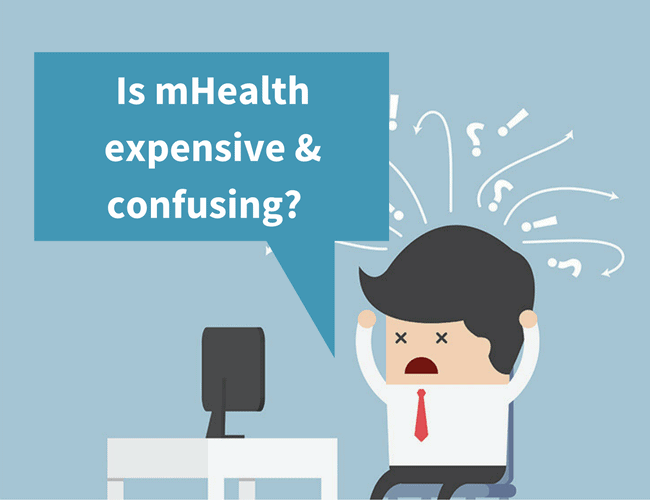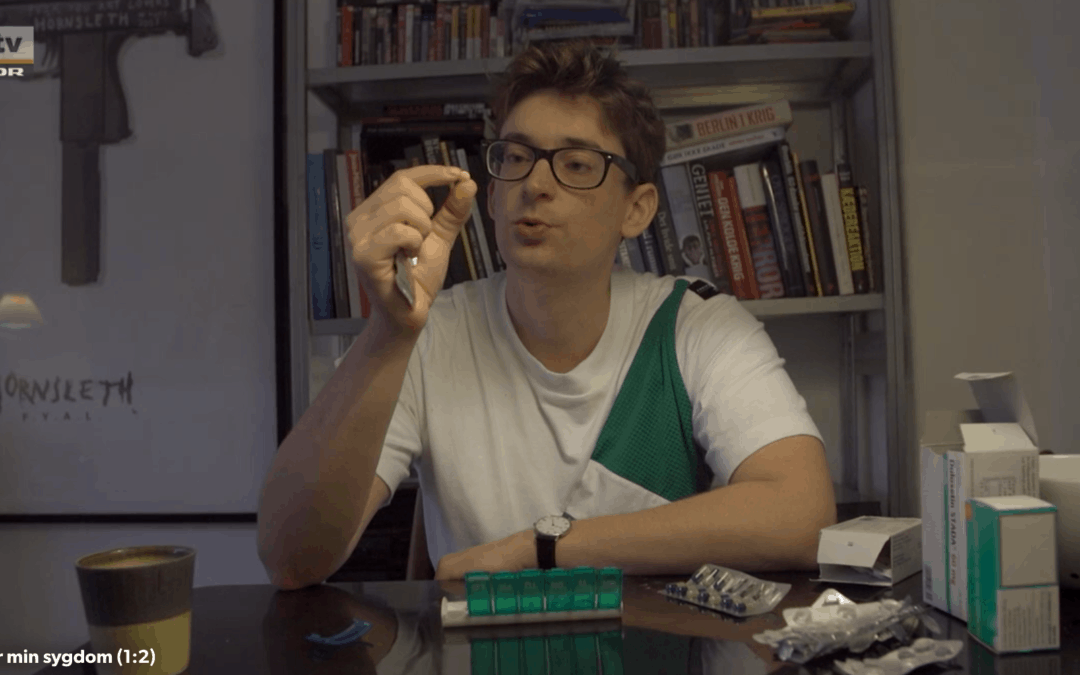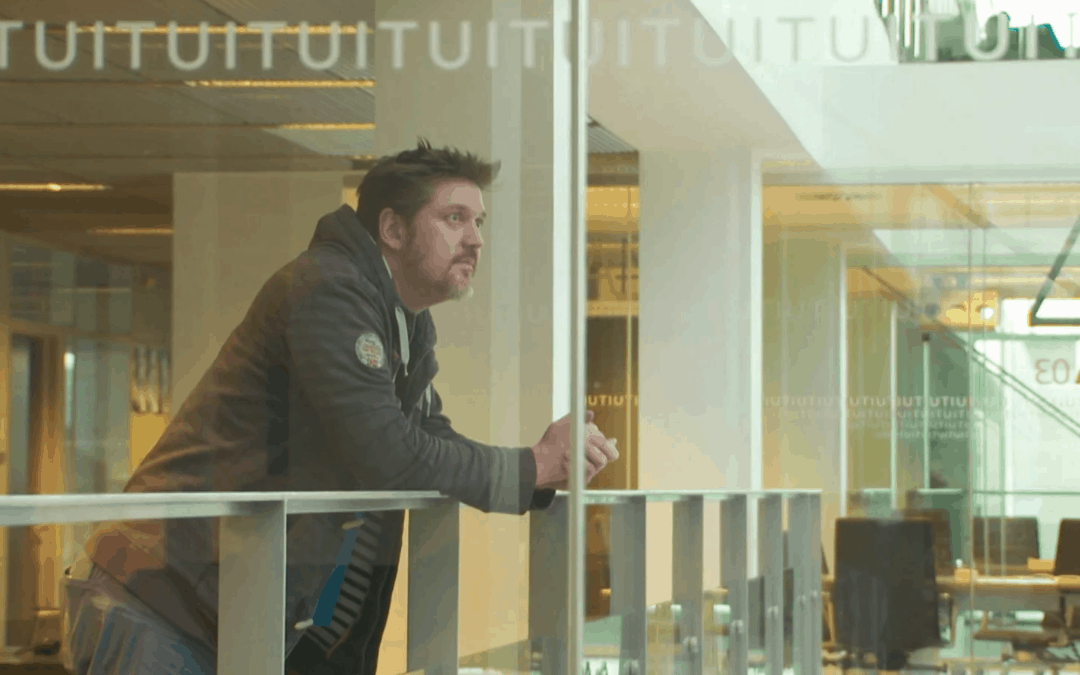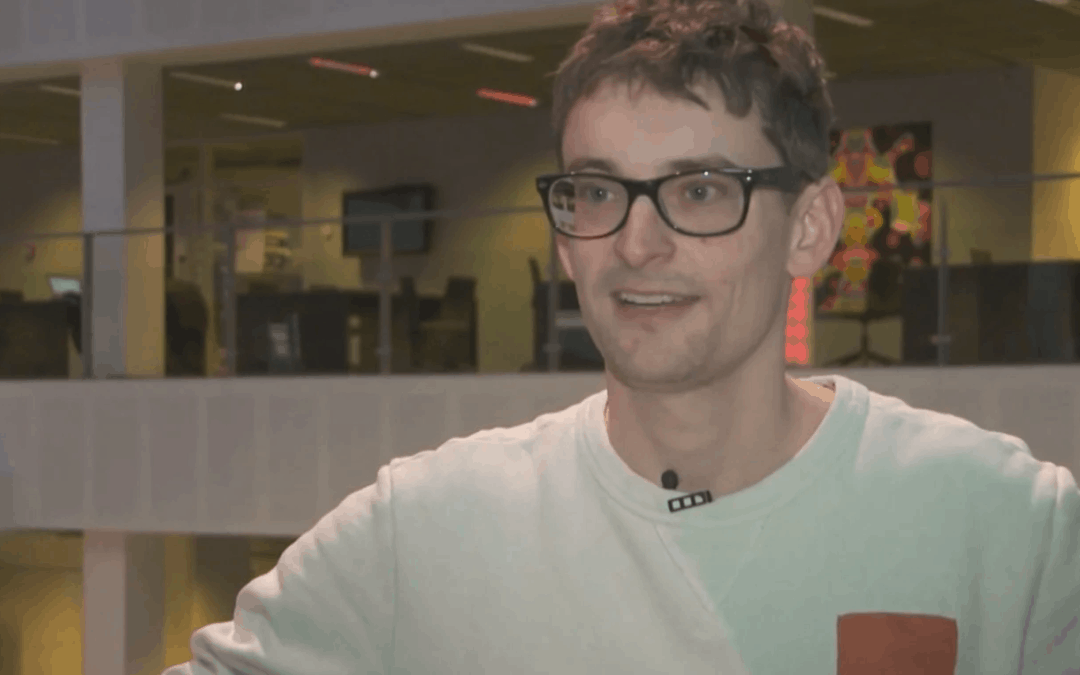
Interested in using mHealth technology but don’t know how to start?
On a previous blog post, we established that patients value mHealth technology; therefore, the sooner healthcare providers embrace this technology, the better.
Fortunately, mHealth technology does not only offer benefits for patients, it also solves many of today’s healthcare challenges, since it provides public and private healthcare providers the scalability to treat more patients with fewer resources.
Nevertheless, in spite of the clear benefits, most healthcare providers, have not yet fully adopted mHealth technology due to several reasons:
- Lack of budget
- Lack of awareness of the benefits of using the technology
- Feeling overwhelmed on the increasing amount of health apps available
- Fear of the amount of time needed to learn to use the new technology
- Strong belief that patients’ lack of the necessary knowledge to use the technology
Fortunately, our mHealth solution can help you avoid these obstacles. Here’s how:
- Lack of Budget:
- A lack of budget may seem like the largest impediment to acquiring digital health tools and necessary technology. However, this should be considered as a valuable investment. One of the most tangible benefits of using portable, real time updated, mobile health technology is its consistent availability for patients and clinicians. Our mHealth solution synchronises the data from the patient’s smartphone to the clinician’s web portal in real time. Patients can feel connected to their treatment and their clinician beyond scheduled sessions. mHealth technology can ultimately record more data and information regarding the patient’s progress than old pen and paper methods, and provide availability and support for the patient when the clinician cannot physically be there. A more informed treatment can save time and resources for patient and healthcare alike.
- There are several benefits to using our technology that you may have not known of:
- Our mHealth solution facilitates remote patient monitoring (RPM) which helps healthcare professionals to follow their patients’ health and progress on a daily basis, which is especially important during changes in treatment, such as during a psychiatric medication change.
- Our mHealth solution can be customised to accommodate and help treat a diverse range of affective disorders, such as depression, anxiety, bipolar, and borderline personality disorder.
- The smartphone aspect of our mHealth solution has been used in research to track unique factors that may indicate the progression of mental disorders that may be undetectable in person-to-person contact, such as using voice analysis to identify changes within mood for patients with bipolar disorder.
- Another barrier that healthcare professionals may face is the selection of the right mHealth solution.
- Although there are currently 165,000 mobile health apps on the market, the selection does not have to be daunting. A good way to begin this selection is by identifying and specifying what types of disorders you would like assistance with from your mHealth app. Another way to narrow down the selection is through the identification of the mHealth solutions that possess quality stamps (such as CE Marks and ISO certifications) as well as a clinical validation. In order to obtain the certification, these solutions must have passed a set of agreed upon standards for medical devices that cover data security management and quality of material.
- Interactive and consistent support:
- We understand that using technology can be frustrating and difficult, which is why at Monsenso we offer several ways to get help from real people – instead of an automated service. We offer an interactive support portal and dedicated customer support team, as well as a detailed user guide.
Still have questions about mHealth? Feel free to contact us or leave us a comment below.



